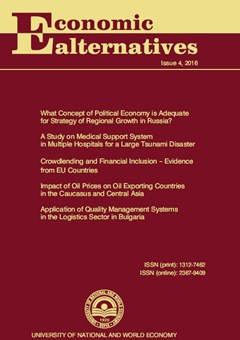Monetary Velocity in a Systemic Perspective: An Approach Towards More Accurate Currency Thinking
Author: Jens Martignoni
Abstract
The concept of velocity of money also called velocity of circulation of money is part of the Quantity Theory of Money. One intention of this concept has been to connect price-based equilibrium theories (where money is de facto left out) to money. The idea was a variable velocity, which describes how fast the existing money (thought in pieces of gold or in bills) would circulate. To question it allows an insight into the paradigmatic base in economic thinking and leads to a different approach of the flow of money, which might help to better shape the task of money in today’s economy. The author tries to reconsider the "velocity-idea" by considering very carefully the real money-flow-phenomena in a simple small-scale complementary currency. By changing from a market-centred-view to a money-centred-view it is his aim to focus on the construction of currency. The reciprocal quality of currency and the time bound qualities of payment are described and the money supply is defined. By a time slice method the dynamic money-flow phenomena can be visualized. The results are then merged into the velocity-equation and discussed again. This systemic approach allows a more accurate view on monetary flow phenomena of closed systems. Such a systemic approach could be further elaborated and might open some new perspectives for the understanding or simulation of monetary economies.

